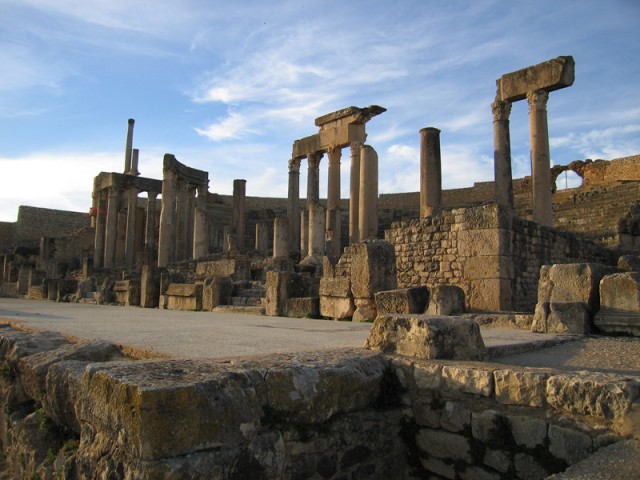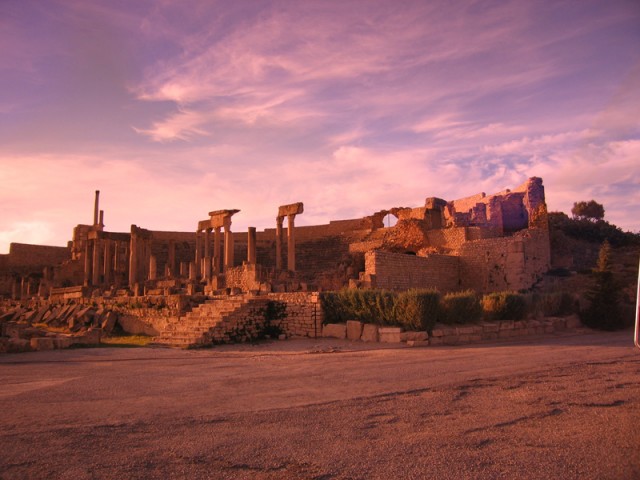Dr. Nelson, a professor at OSU, came over to Tunisia for a few weeks to give presentations on sustainability and ISO14001 to several Tunisian universities. Here are some photos of one of his presentations Kellen and I attended.
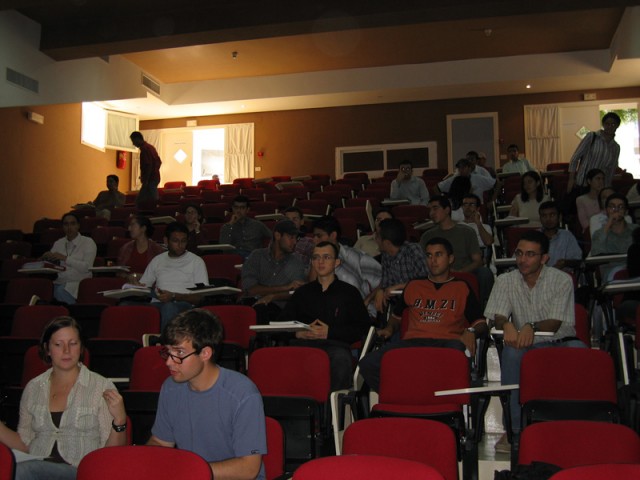
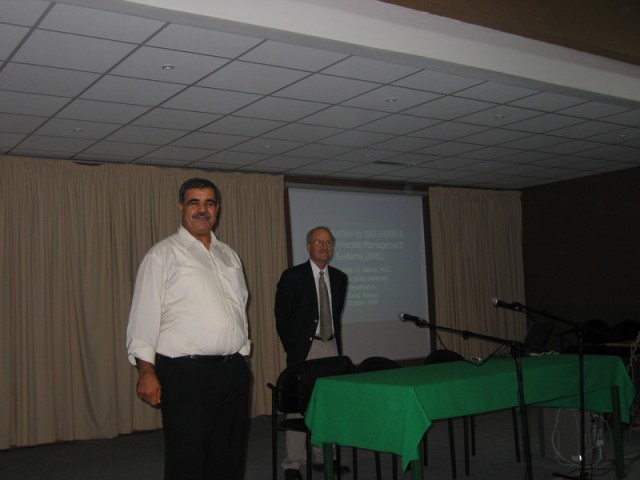
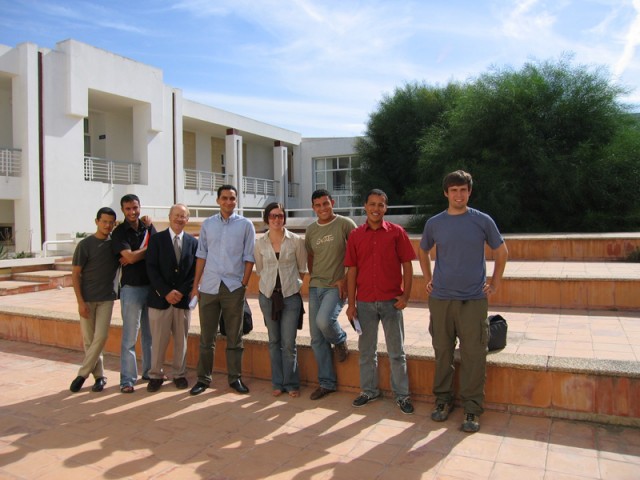
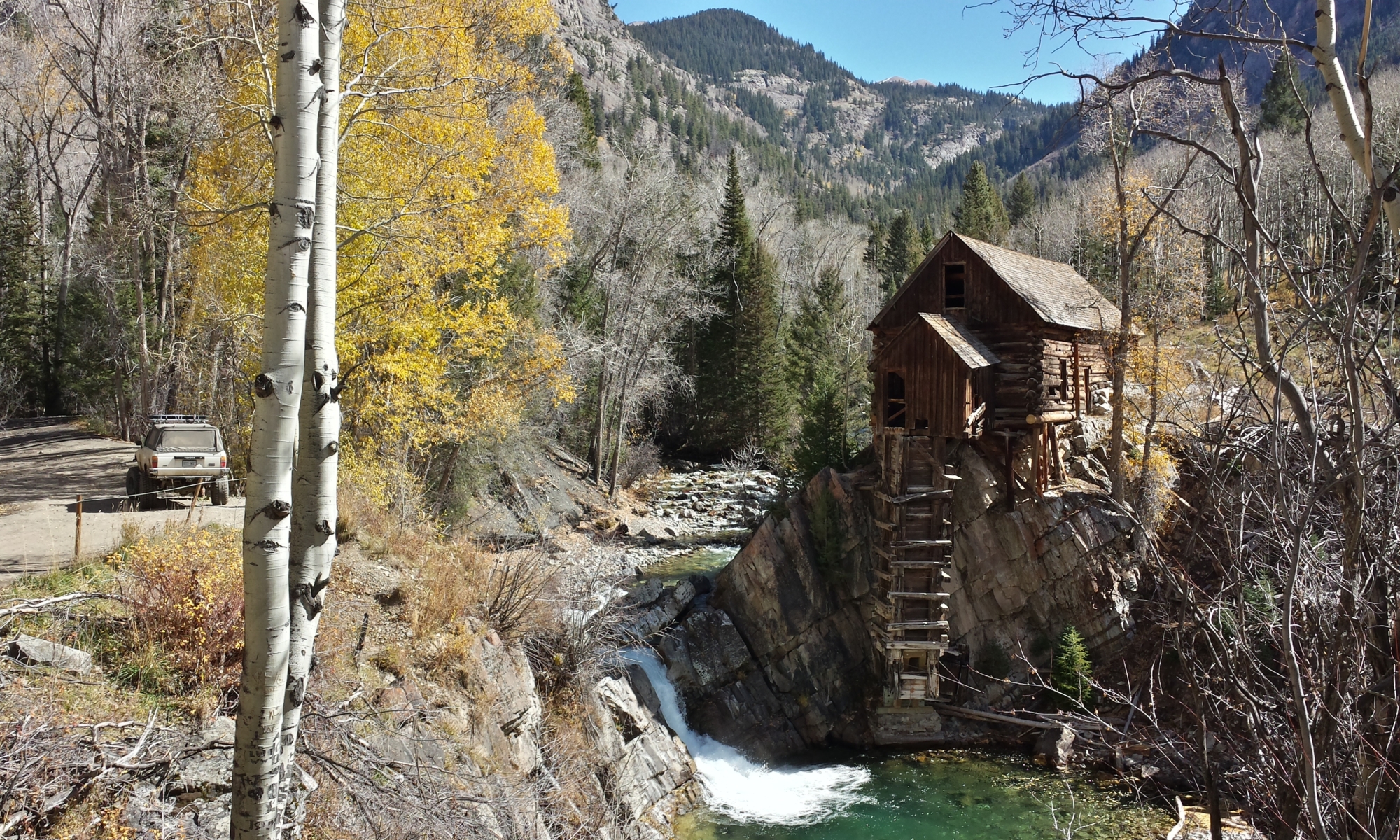
The personal and professional website of Douglas Van Bossuyt
Dr. Nelson, a professor at OSU, came over to Tunisia for a few weeks to give presentations on sustainability and ISO14001 to several Tunisian universities. Here are some photos of one of his presentations Kellen and I attended.



As the name of the ruin, Dougga, suggests, this city was founded long before Rome’s takeover of Tunisia. The city was situated high up on a hillside above the valleys, yet another indication of non-Roman origin. From my readings, it appears Romans liked having their cities on flatter ground to allow for the standard Roman town plan. The Romans adapted to the inclined townsite quite well. As early as the fourth century BCE, people were describing Dougga as being “of impressive size.” During the second century BC, it had become the seat of the Numidian king Massinissa, whose support of Rome during the Third Punic War gained the town much importance. From the second century CE, under Roman administration, it enjoyed a period of great prosperity. At the town’s peak, ten thousand people called Dougga home. As an indication of Dougga’s importance, aerial photography has revealed no less than ten additional town sites within a ring of just six square kilometers of Dougga.
Later on, the Byzantines built huge fortifications, still very evident, around the town. After their departure, the town fell into ruin but the local inhabitants continued to live among the fallen arcades and decaying buildings until the end of the nineteenth century when excavating archeologists forced them down the hill into the purpose-built down of Nouvelle Dougga. Since excavation stopped, a few people have moved back into the ruins. They are mostly vultures who wait to pick off tourists for an expensive trip around the ruins. We did encounter one woman though who lived just outside the main ruins who had lived there for maybe 70 years. She told Karim how she wasn’t married and didn’t want to be even at 76 years because guys were stinky and whatnot. She talked his ear off with many comical stories. Karim gave her the gift of a couple of Gabes pomegranates. she seemed quite pleased.
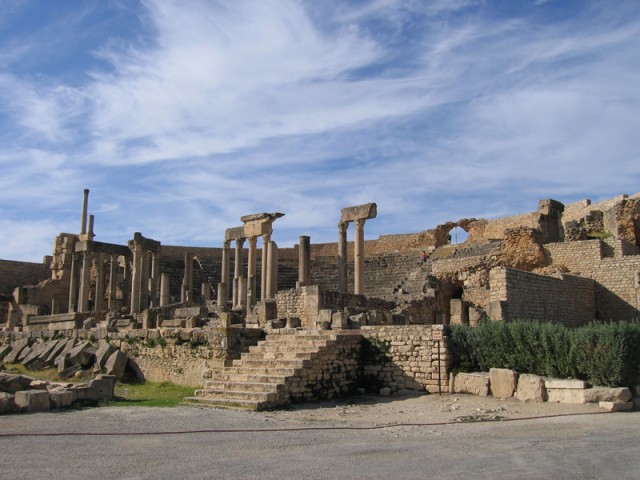
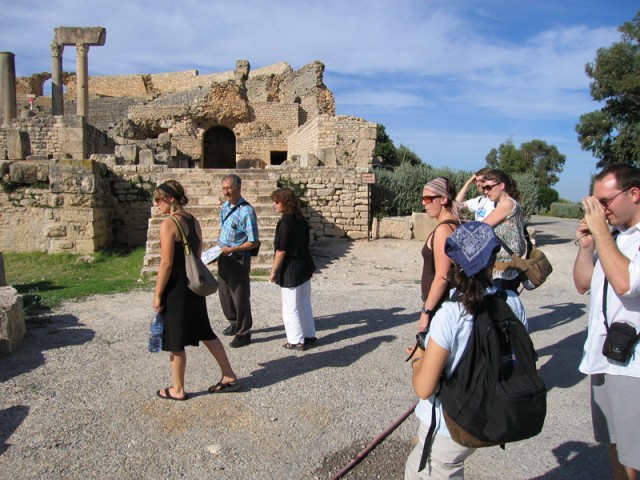
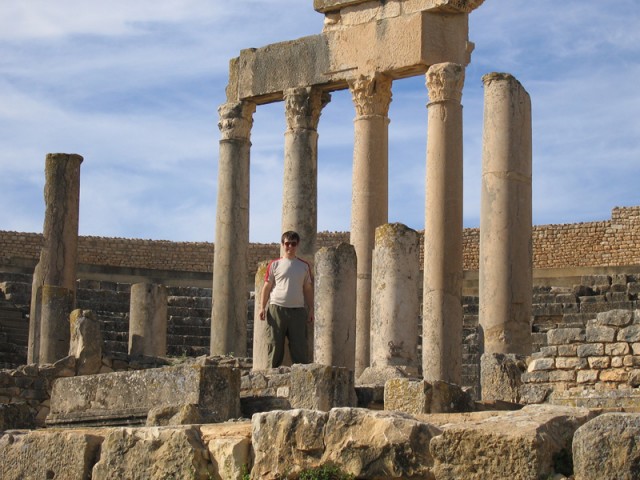
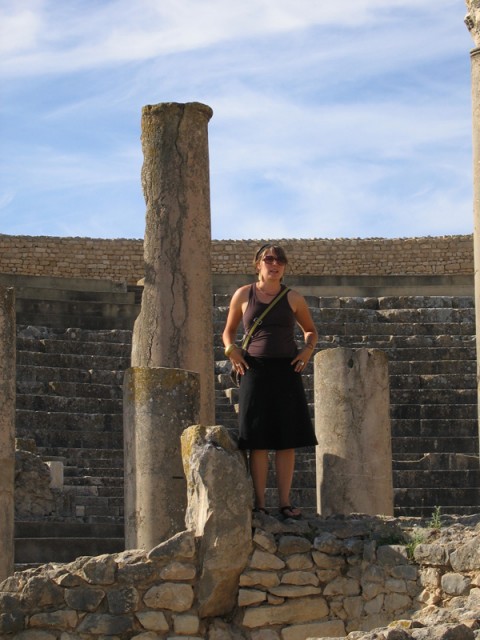
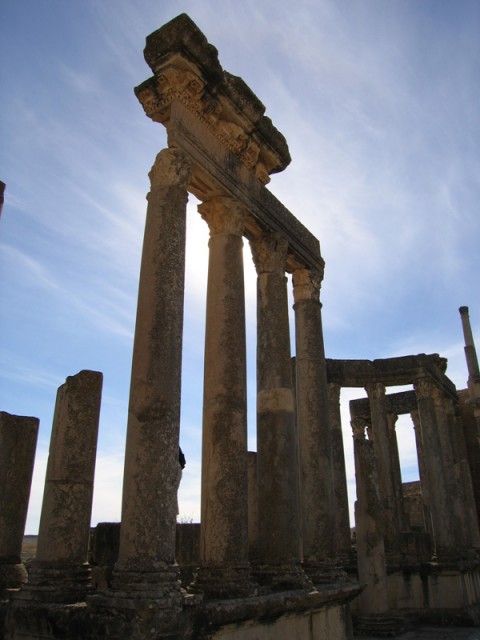
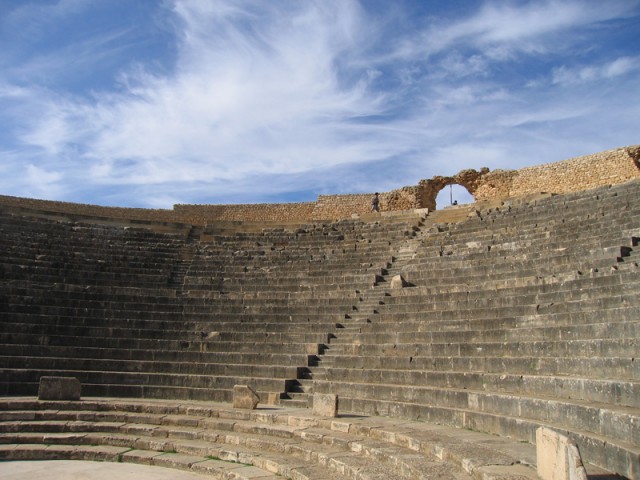
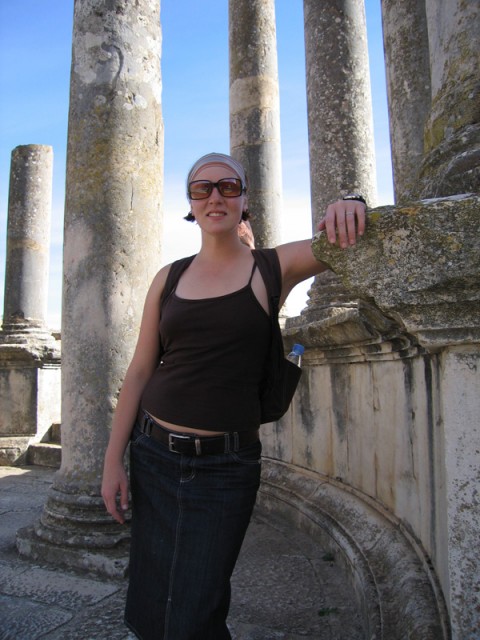
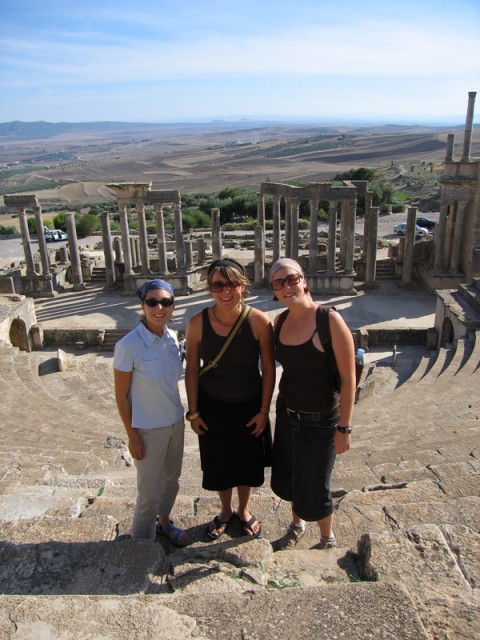
The theater is a very impressive and well preserved complex as can be seen from my pictures. We never found the perfect resonance point. Instead, it appears the place was designed so the sound would be about equal all the way across the stage. It certainly wasn’t a place to give a play in a whisper, but with only a slightly elevated voice, the entire theater could easily hear the production. At one point, the entire structure was covered by a wooden and, most likely, cloth roof, as is made evident through large anchor points in the floor of the theater. it appears that it would have been quite the impressive structure at its height. even now, it’d be a great place for a concert or a play.
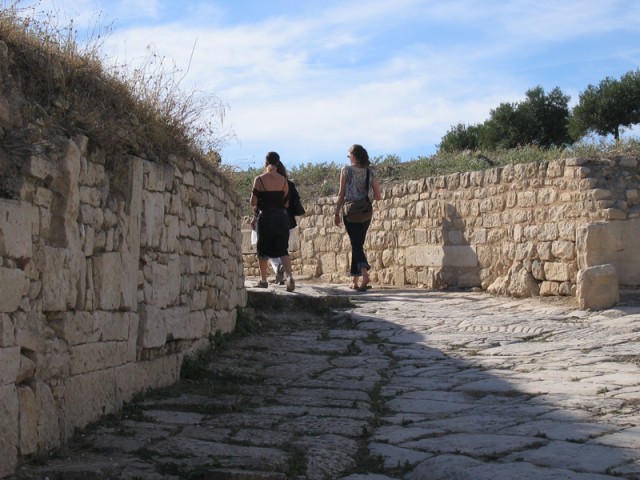
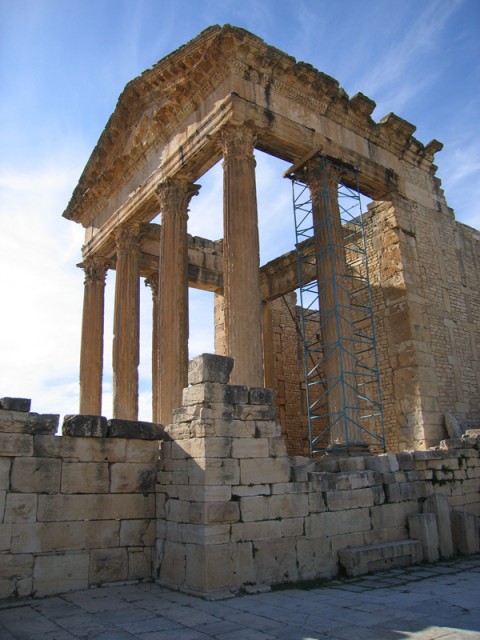
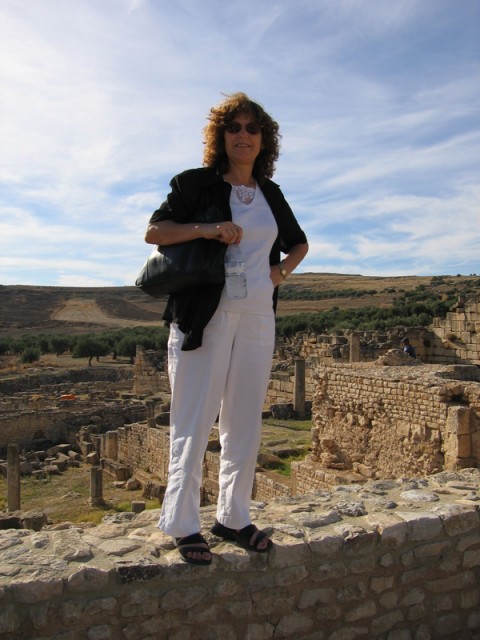
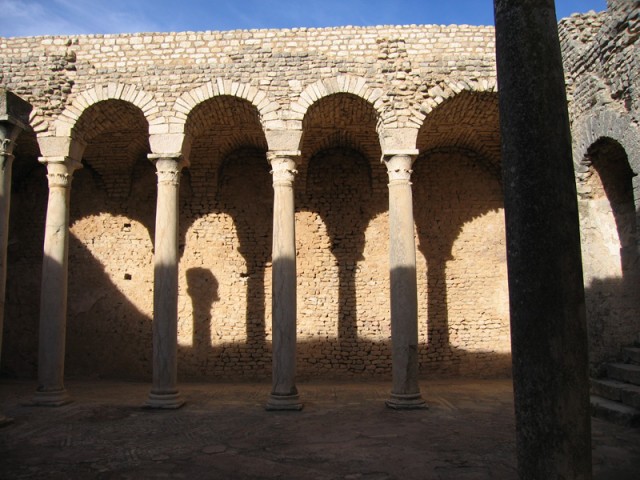
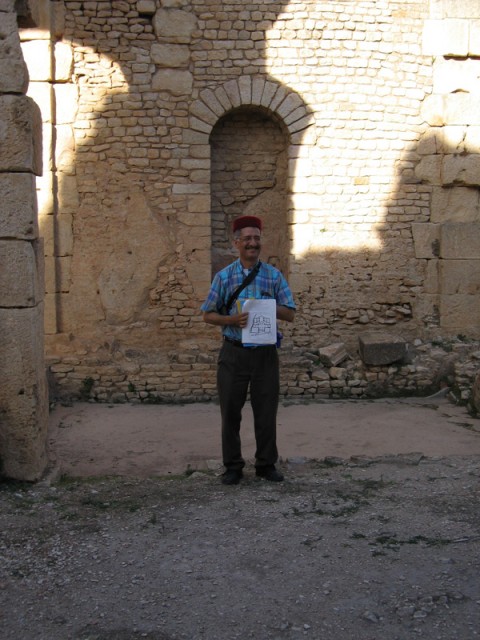
The gymnasium complex. There were hot, cold, steam, massage, and other such rooms, along with the typical roman physical fitness equipment. To get into the gymnasium, we had to walk through some tunnels running under the ruins of some houses.
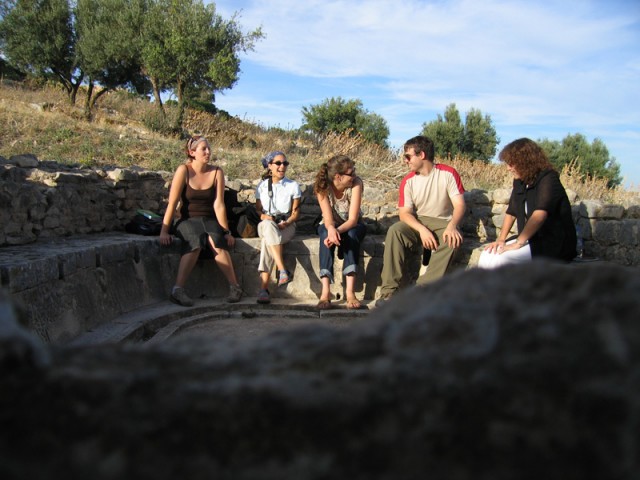
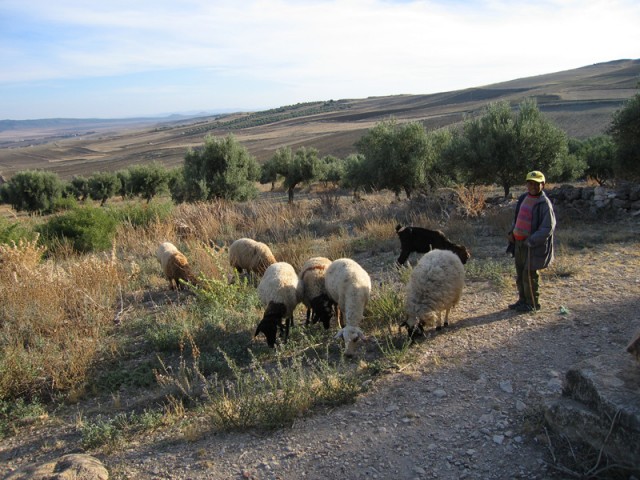
One of the guards of Dougga. We gave him a couple of dinar so we could take his picture. He seemed very shocked with the idea that someone would give him money. Karim told him who we were and what we were doing. The kid seemed very happy.
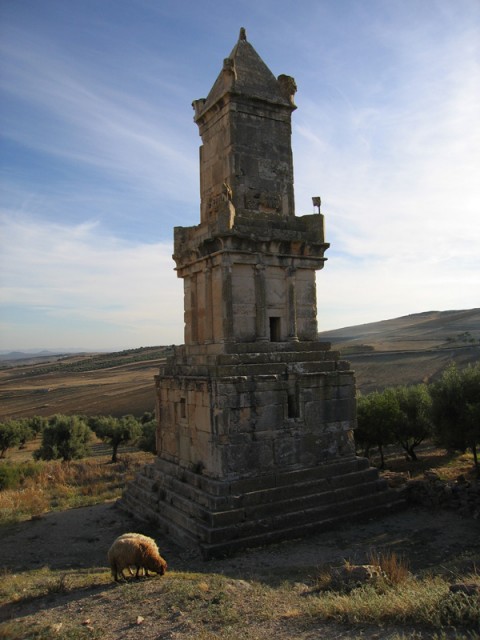
A Libico-Punic mausoleum.
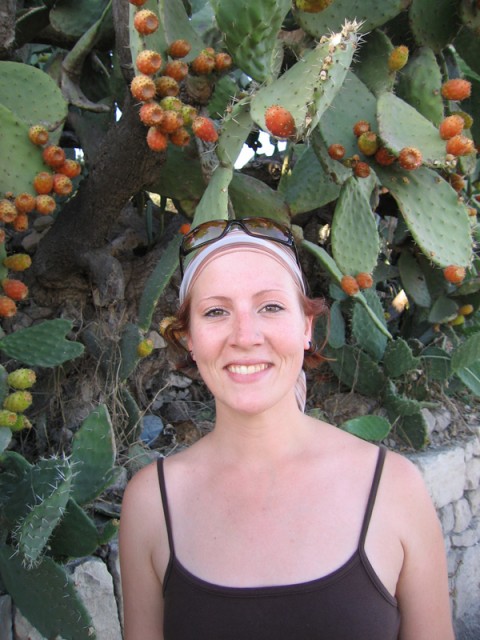
Kellen in front of some cacti. The fruit is very tasty, however, very sharp. Lucas still had a thorn in his hand a month after getting stabbed by a sticker. It took him another month before he cut it out of his palm.
